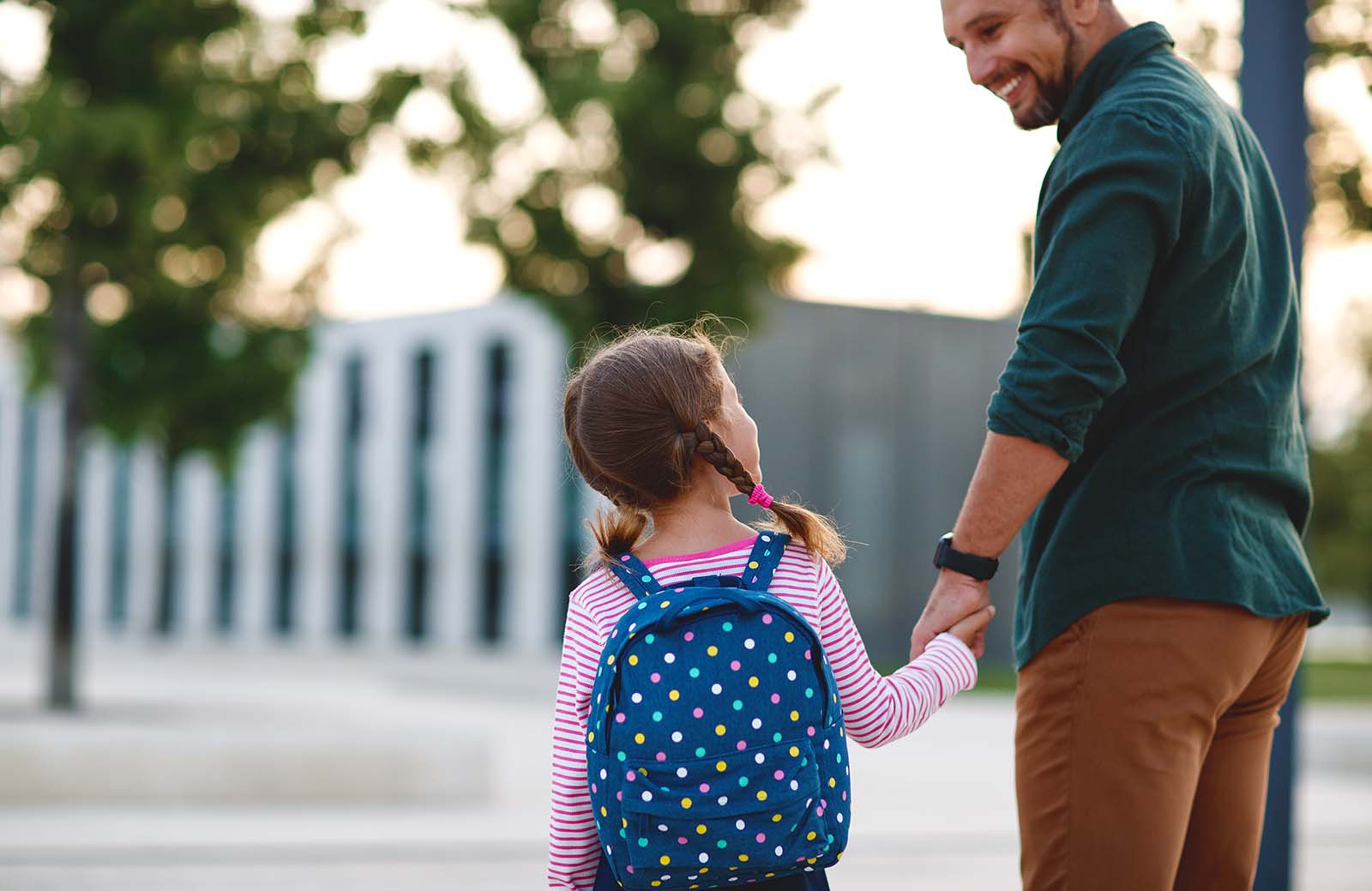Struggling with Homeschooling Your Children Due to COVID-19?
April 1, 2020
Here are 5 Tips to Make the Adjustment Easier
With schools being closed for at least the next month, maybe the rest of the school year due to the COVID-19 pandemic, parents are forced to navigate the unfamiliar turf of homeschooling their children. If you (and maybe your child) are having a difficult time going about this, you’re not alone. Read our 5 tips below to make the process easier for you and keep your student on track.
Create a schedule and post it where it can easily be seen.
School-aged children are the most disciplined and productive when they have a defined routine, which extended school closures can disrupt. It’s common for students to suffer from a lack of motivation when they are at home and not being forced to do their classwork under a teacher’s supervision. Work together with your child to create a daily schedule, including wake-up time, lunch time and free time, and fill an appropriate portion of the day with academics. This will greatly depend on your child’s age and learning habits, so there is no right or wrong answer.
Ask teachers for help.
Before this situation unfolded, your child’s teachers spent roughly 6 hours per day with them. They consistently see which learning style is best for individual students and are usually more than happy to jump on a phone call or video conference with parents and students to come up with a plan for home.
Make sure your child gets enough physical exercise and sunlight.
Schools offer a recess period as a way for children to take a break from the books, socialize and enjoy the fresh air. This does wonders for concentration and sets a positive tone for the rest of the day. While in-person play dates with friends are not the best option right now (unfortunately), social distancing guidelines don’t recommend you to keep your child locked in the house. In fact, you should encourage them to go outside and take a walk, shoot hoops and do what they enjoy for fun, as long as they keep an appropriate distance (at least 6 feet) from non-family members.
Encourage video chatting with friends.
Children, just like adults, need regular social interaction for their physical and mental health. While it’s probably tough on them not to be able to see their friends every day in-person, and video chatting isn’t quite the same, it does serve as a handy substitute while we all practice social distancing to keep ourselves and others safe. Apps like Zoom, FaceTime and Skype are reliable (and free) options for helping children stay connected with their friends until they can hang out in person again. Face-to-face interaction is important, so be sure to encourage video calling as an alternative to text messaging or email.
Know that this is temporary.
If you’re regularly watching updates on the news, it may feel like your child will never get back to school or hanging out with friends regularly. But it’s important to know that every pandemic in history has eventually come to an end, and while there still may be cases in the future, social distancing restrictions will eventually be loosened and life will get back to normal. Don’t set a timeline as to when you think these measures will end. Just take things one day at a time, and encourage your child to do the same.
The COVID-19 pandemic is a challenging time for parents and students, but hopefully with these helpful tips, you’ll be well on your way to a healthy home-schooling routine. Stay home and stay safe!



